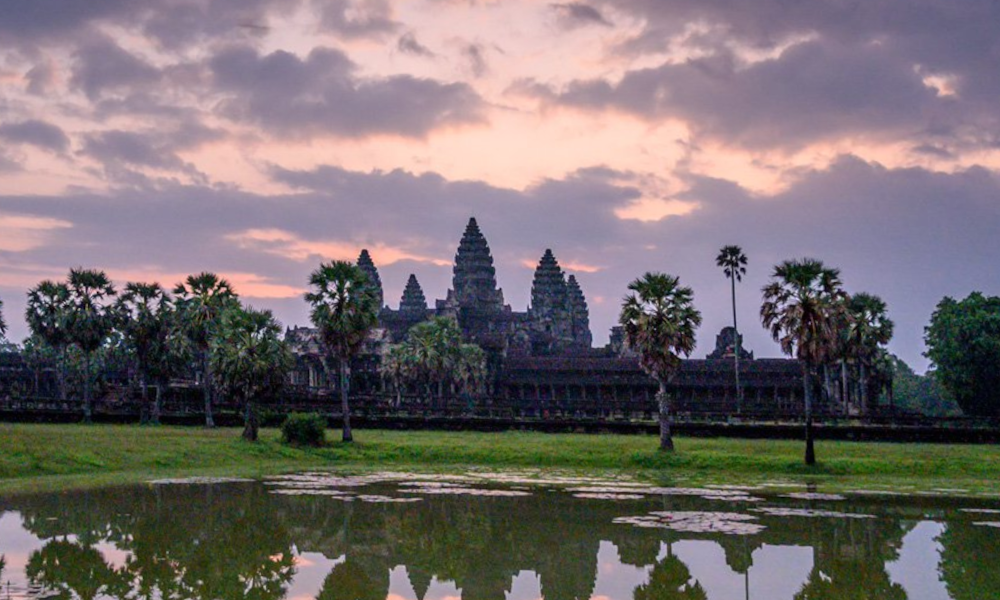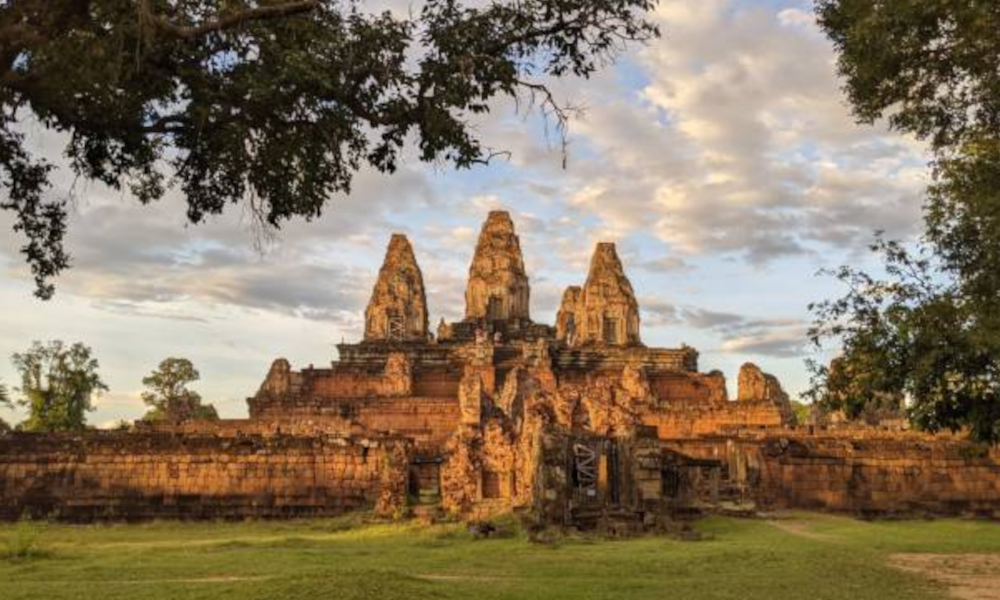World Monuments Fund Visitor Center

This page serves as a travel guide for exploring the monuments at Angkor. It may be consulted prior to a visit or afterward to enhance the experience, or utilized on-site to allow visitors to engage more actively with their surroundings. Relevant historical quotes from early visitors to Angkor are incorporated where suitable to convey the essence of its former magnificence.
Table of Contents
ToggleThe Angkor Wat Grand Circuit Tour does not include a visit to Angkor Wat itself. Instead, the itinerary focuses on the temples located to the...
VISITING THE MONUMENTS
This guide is structured around the duration of the visitor’s stay at Angkor, taking into account the roadways, the proximity of the temples, and optimal lighting conditions.
For certain temples, it is essential to start at the main entrance to fully appreciate the spatial design and decorations as envisioned by the original builders; these entrances are marked in the text. The monuments are aligned with the cardinal directions, which can serve as a useful reference point. The temple of Angkor Wat is discussed in detail within this book due to its significance, intricacy, and scale.
Angkor offers exceptional opportunities for photography. The monuments, along with the encircling jungle, present endless possibilities for capturing texture and light in images.
Cloud cover is frequent and tends to soften the light, resulting in a somewhat flat appearance despite its intensity. Since most temples are oriented towards the east, the morning hours provide the best lighting conditions, except for Angkor Wat, which is best photographed in the afternoon due to its westward orientation.
Temples like Ta Prohm and Preah Khan, which are enveloped by jungle, can yield excellent photographs when the sun is directly overhead, filtering through the leaves. Just as one is often unprepared for the vastness and breathtaking beauty of Angkor, one is equally unready to depart. With memories and photographs to cherish, one need not bid farewell to Angkor, as its enchantment will accompany you wherever life’s journey may lead, enriching your thoughts and dreams until the end of time. The names assigned to the monuments at Angkor are frequently modern designations given by Cambodians or early European explorers.
In French publications, the enclosures of a temple are numbered starting from the central sanctuary and moving outward to the enclosing walls. This book adopts a reversed numbering system for the visitor’s convenience so that the first enclosing wall encountered upon entering a temple is designated as number one. The numbering continues sequentially.
ADMISSION FEES TO ANGKOR WAT
To access the temples and sites within the Angkor Archaeological Park, visitors are required to obtain an admission pass, known as the ‘Angkor Pass.’ These passes can be acquired at the main entrance along the road leading to Angkor Wat.
The passes are available for one-day ($37), three-day ($62), and seven-day ($72) durations, all of which must be utilized on consecutive days. A photograph taken on-site at no additional cost is necessary at the time of purchase.
The park operates from 5:00 AM to 6:00 PM:
- Angkor Wat closes at 6:00 PM
- Banteay Srey at 5:00 PM
- Kbal Spean at 3:00 PM
It is essential to keep your ticket on hand, as it will be inspected at each entry point and major temples. Failure to present a valid ticket while inside the park will result in a substantial fine.
Note that a standard admission ticket is not needed for entry to Phnom Kulen, Koh Ker, or Beng Melea; however, separate entrance fees of $20, $10, and $5 apply, respectively.

